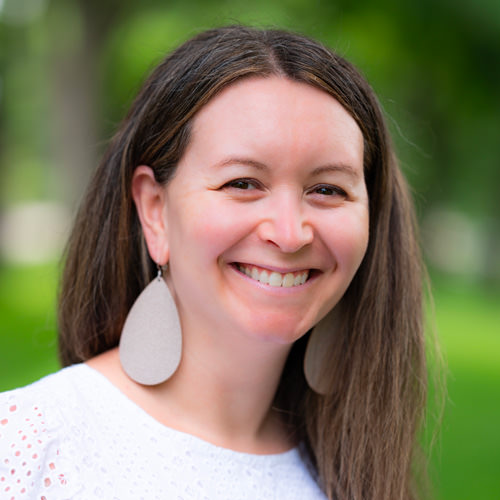A 5-Step Framework for Women Navigating Life Transitions
This event has ended. The recording is no longer available.

A 5-Step Framework for Women Navigating Life Transitions
This event has ended. The recording is no longer available.
Learn to navigate personal and professional life changes to build a more empathetic work environment for yourself and others.
Event Information
Maternity leave. Job reorganization or restructuring. A role or career change. Experiencing a loss. Retirement. Each of these transitions, whether personal or professional, comes with its own unique set of challenges—challenges that can upend the way you move through your daily life as a woman leader. Learning how to navigate these kinds of changes in your personal and professional life can create a work environment where empathy is extended to both you and to others.
During this session, you’ll be introduced to the SNAP to Impact framework developed by our speaker, Dr. Krista Klein. This framework will weave together the following five key steps to help you learn strategies for navigating personal and professional transitions in community with other women higher educational professionals:
- Self-reflection
- Navigating uncertainty and accepting the unknown
- Adapting to changing roles
- Processing burnout, stress, and trauma
- Impact: How do you make meaning and impact others? How can you advocate at the structural level?
Who should attend?
Faculty, staff, and leaders across campus who identify as women will benefit most from this program, but all are welcome to join.
Agenda
I. Introduction & Context
We’ll begin by discussing some of the reasons why it can be difficult for women leaders to navigate professional and personal life changes within the higher education environment. Included in the discussion will be the lingering impact of the COVID-19 pandemic and other current events.
II.SNAP to Impact Framework
With this landscape in mind, we’ll highlight specific strategies you can use to implement the SNAP to Impact framework in your own life.
III.Application
Finally, we’ll explore how you can apply this model to your work in higher education in addition to your own personal experiences.





